The Wonders of Cuba's Third Largest Town
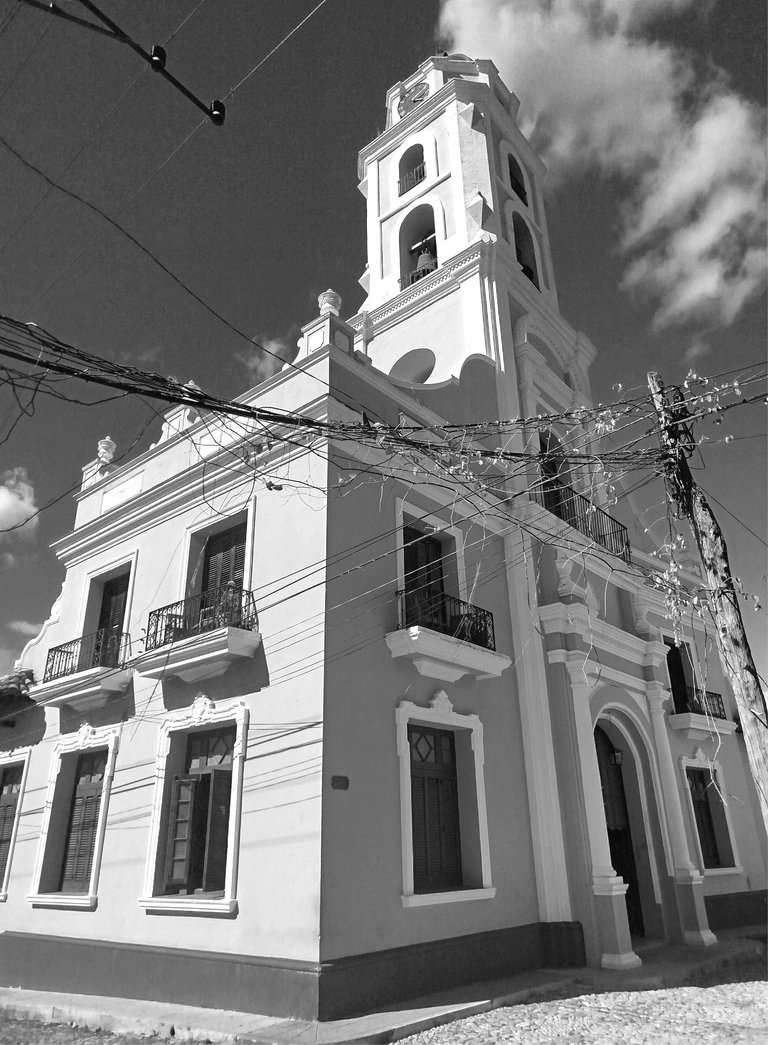
Hello everyone! Inspired by the images I've taken of Trinidad, I've decided to write another post where you can see many of the details that gave the city its special and captivating character.
The cobbled streets, paved with stones called "chinas pelonas" (bare stones), used by slaves during their arduous labor, are a symbol of Trinidad; from a distance, they resemble the skin of a reptile.
Many of its inhabitants maintain their distinctive appearance, with their horses, spurred boots, and hats. The women wear headscarves, blouses made from scraps of fabric in different designs, and weave their lace, netting, and tatting, which they sell to passing tourists.
Another marvel of Trinidad is the roofs, made of Spanish tiles, baked in the potteries of families with a strong tradition like the Santanders, a weave of reddish textures that contrast with the polychromy of the facades.
Within this mass of mud, the towers of memorable mansions emerge. In the background, the mountains of the imposing Guamuhaya Massif, before the mountain range, offer a memorable welcome to the famous Valle de los Ingenios (Sugar Mill Valley), where the world's sweetest sugarcane was grown in the 19th and 20th centuries, thus fostering the flourishing of the town.
The southern coast is characterized by a charming sea: the waters of the Caribbean Sea. The images reflect views of La Boca beach and the peaceful landscape of the Ancón River.
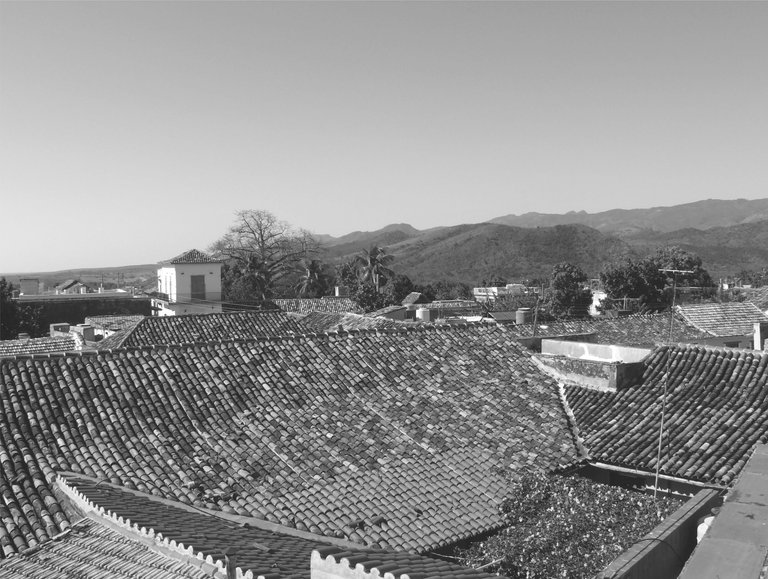

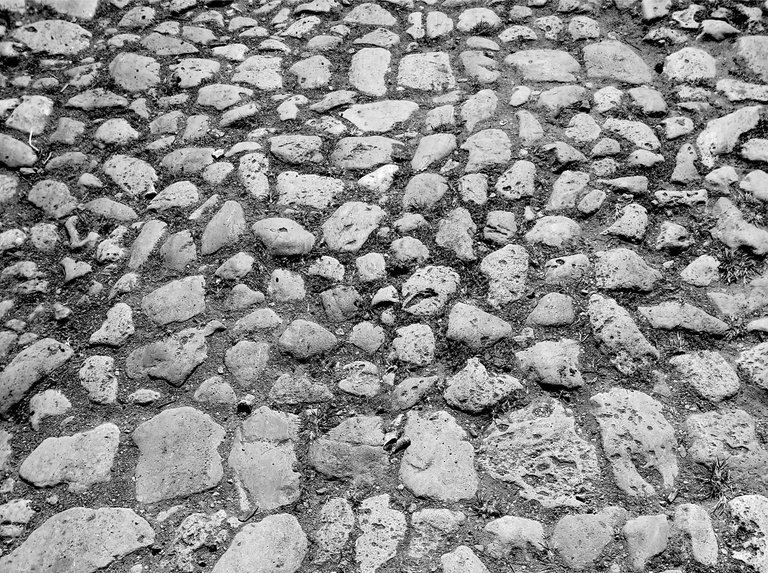
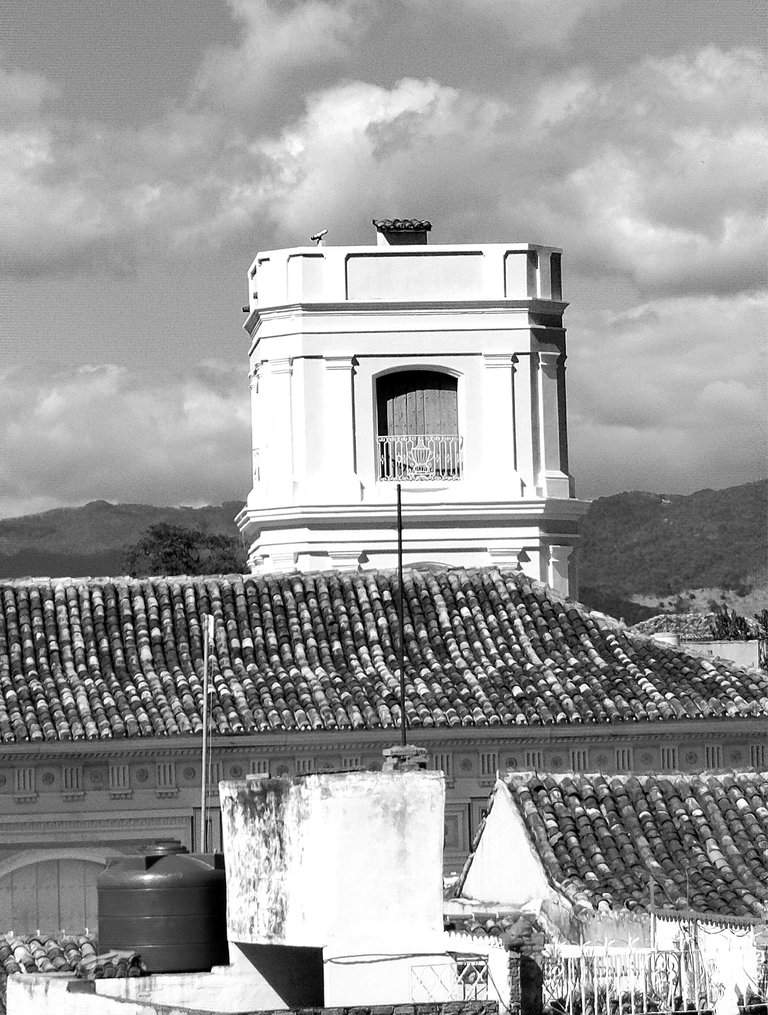
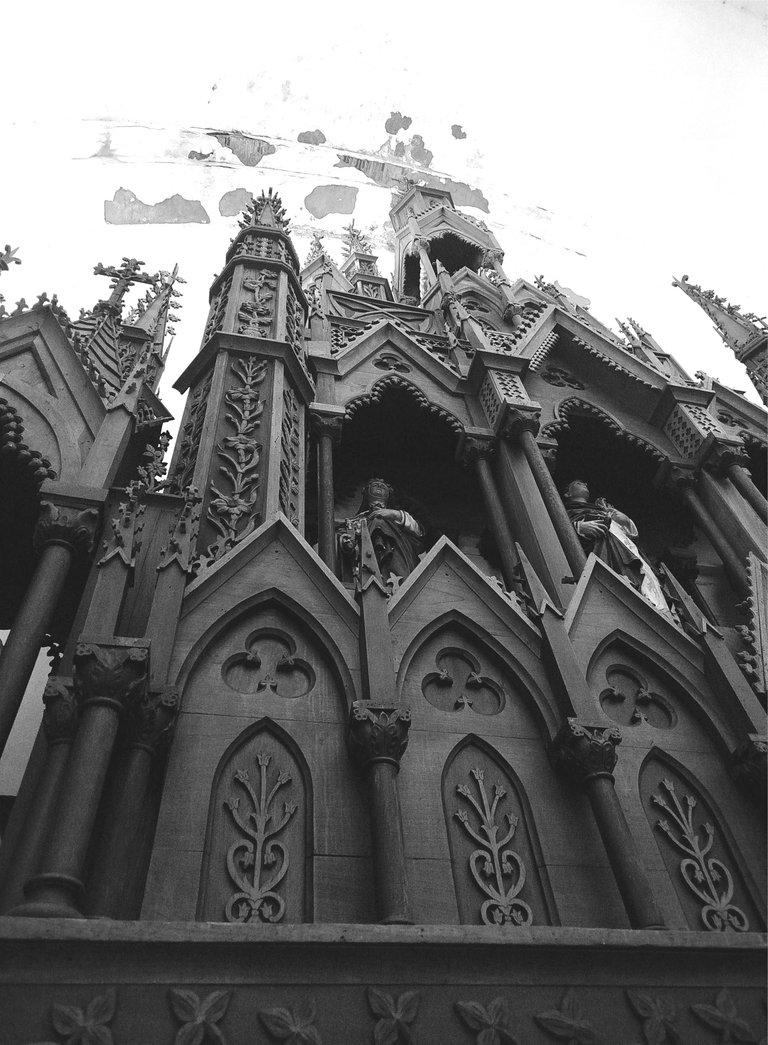
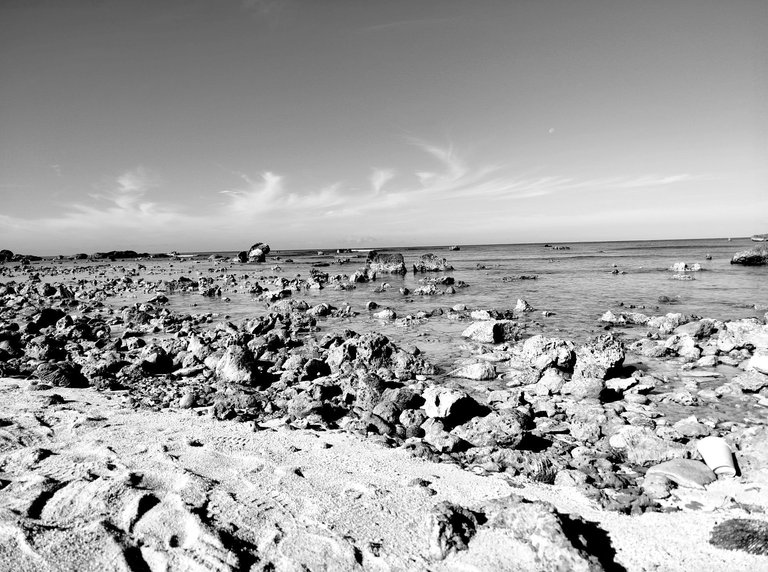
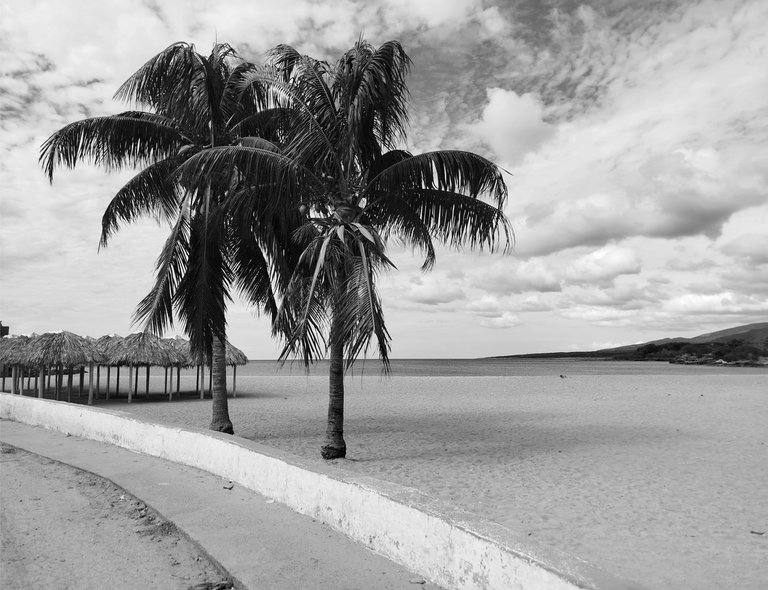
The stories and curiosities we encountered in Cuba's third oldest territory would be endless. It's a pleasure for me to share them with you, and I'd like to join the #monomad daily challenge. See you later!
The images and text in this post are my own. The text was translated into English using Google Translate.
¡Hola a todos! Inspirado al ver las imágenes que he tomado de Trinidad, he decidido hacer otro post donde puedan observar muchos detalles que le dieron a la ciudad su carácter especial y cautivador.
Las calles empedradas con piedras llamadas chinas pelonas que ponían los esclavos en arduo trabajo, son un símbolo trinitario, asemejan desde la perspectiva, la piel de un reptil.
Muchos de sus habitantes conservan su apariencia identitaria, con sus caballos, botas con espuelas y sombreros. Las mujeres con sus pañuelos en la cabeza, sus blusas hechas con recortes de tela de diferentes diseños y tejiendo sus randas, mallas y frivolités que venden a los turistas de paso.
Otra maravilla trinitaria son los techos, de tejas españolas, cocidas en las alfarerías de familias de fuerte tradición como los Santander, una urdimbre de texturas rojizas que contrastan con la policromía de las fachadas.
Dentro de ese amasijo de barro, emergen las torres de palacetes memorables. Al fondo las montañas del imponente macizo Guamuhaya, antes de la cordillera, cual bienvenida memorable está el famoso Valle de los Ingenios, donde en el siglo XIX y XIX, nació la caña más dulce de este mundo y por ende propició el florecimiento de la villa.
La costa sur se caracteriza por un mar encantador: las aguas del mar Caribe. Las imágenes reflejan vistas de la playa La Boca y del azul de las aguas del Ancón.
Serían interminables las historias y curiosidades que nos encontramos en el tercer territorio más añejo de Cuba. Es un placer para mí compartirlos con ustedes y quisiera hacer entrada al reto diario #monomad. ¡Hasta la vista¡
Las imágenes y los textos de este post son de mi autoría. La traducción al inglés del texto fue a través de Google Translate
Congratulations @cubanivanposter! You have completed the following achievement on the Hive blockchain And have been rewarded with New badge(s)
Your next target is to reach 500 upvotes.
You can view your badges on your board and compare yourself to others in the Ranking
If you no longer want to receive notifications, reply to this comment with the word
STOPCheck out our last posts: